Why Environmental Justice Is An Anti-colonial Struggle
It is increasingly clear that systemic oppression and environmental collapse are inextricably linked.
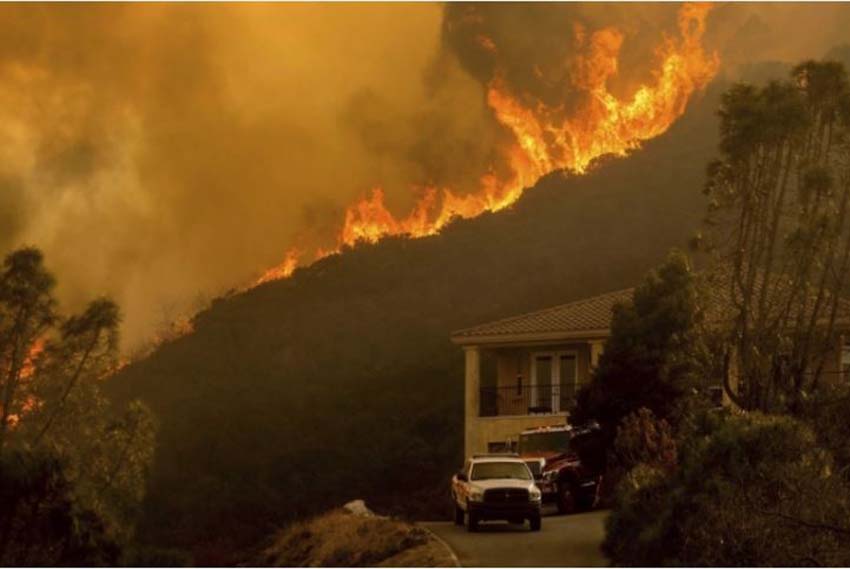
Wildfires rage in Salinas, California on August 17, 2020 Photo Credit : AP/Noah Berger
In the mesmerising context of a global pandemic, a Black-led mass uprising against systemic racism, a “heated” election in the United States, and an ever-heating planet, it is increasingly clear that structural violence and environmental collapse are mutually reinforcing crises.
The closely dated murders of George Floyd by a white police officer in Minnesota, of Breonna Taylor by white police officers in Kentucky, of Ahmaud Arbery by a retired cop with white supremacist ties and his son in Georgia, and of Tony McDade by a white police officer in Florida, all coalesced to reignite the US civil rights movement.
This popular uprising has drastically shifted society at large, as evidenced by public opinion polls which show society-wide support for them, and by the movement’s long list of policy and action achievements thus far. However, the even longer list of Black people killed, or almost killed, by white racists has only continued growing since the protests began.
Meanwhile, the coronavirus pandemic has caused the deaths of nearly one million people worldwide. In the US, the country with the highest levels of confirmed COVID-19 cases and deaths, demographic data shows that the brunt of this burden is being born disproportionately by Black and Indigenous people, as well as non-Black communities of colour, and women in particular.
This pandemic has exposed fundamental differences in how society protects life, from unequal access to services and medical attention, to unequal application of criminal justice and law, and beyond.
Consider the intensifying problem of environmental pollution. A study from the University of Exeter, published in June 2020, found that half of the world’s population is exposed to air pollution, which is increasing. Even before the pandemic, it was estimated that nine million people died a year because of air pollution.
You might have guessed that the spread of pollution also has a disproportionate impact on communities of colour, a well-known and documented phenomenon known as “environmental racism”. And of course, as if to neatly complete the vicious cycle, air pollution makes people more vulnerable to the effects of contracting COVID-19. These problems feed each other.
As the effects of climate change intensify, the spread of pathogens and viruses will only become more likely. For example, the World Bank estimates that by 2050, 5.2 billion humans will be reckoning with malaria outbreaks. Likewise, industrial agricultural practices, like the vast monoculture plantations that are replacing tropical rainforests at an alarming pace, reducing biodiversity and therefore, making the spread of diseases more likely.
In other words, the risk of new, more frequent, and deadlier pandemics is also growing.
And the planet keeps on warming. Currently, one out of every four species faces extinction, and before the end of this century, Earth might be uninhabitable by large mammals like humans. However, well in advance of that, the indirect escalation towards our extinction will itself be difficult and painful.
Accelerating waves of mass extinctions, soil erosion, droughts, famines, wildfires, infectious diseases adding to already-strained infrastructure, and mounting social instability overall will – or rather, is already and will growingly – make life very volatile, even for the most privileged.
Scientific studies about these multiplying crises have only been wrong in understating their urgency: their projections have been met much faster than scientists expected. Greenland’s ice-sheet, for example, is melting at four times the rate once estimated by scientists.
At the same time, progress on curbing carbon emissions has been slower than projected. Humans have put half of the carbon currently in the atmosphere in only the past 30 years, a period when humanity had already been alerted about climate change.
Despite important steps in the right direction and significant policy victories at the local, state, and international level, the US federal government has become a particularly staunch obstacle to climate justice.
The Trump administration has continuously responded to the environmental crisis by denying the problem exists, framing it by using racist slogans, such as “Chinese hoax”. It has pushed forward with extractive projects like the Dakota Access Pipeline and rolled back environmental regulation domestically and internationally.
Furthermore, the federal government has militarised the country’s approach to the interlinked crises of climate change, refugee exoduses, and street protests. However, militarisation is a key source of these problems. Open wars and covert interventions are motivated by the plunder of resources like hydrocarbons, and peer-reviewed research shows the US military alone has a larger carbon footprint than 100 countries combined. The source of the problem cannot also act as an antidote.
The exploitation of nature is itself a sexist and racist problem, not divorced from structural conditions that treat, and threaten, humans differently according to patriarchal and white supremacist norms of domination. As Black and Indigenous eco-feminist thought has highlighted for years, “women are the first environment”.
The detrimental and multigenerational effects of colonialism and its living legacies – including Indigenous genocide, Black enslavement, erasure, displacement, and extractivism – have particularly harmful effects on women and girls in terms of their health, their immediate risk of physical assault, and their long-term socioeconomic wellbeing.
Violence against Black and Indigenous women is a strategic aspect of colonialism, meant to destroy cultures and thus gain access to their land and other resources.
In short, these crises-within-crises are all connected. This year has made clear, perhaps now more than ever, that systemic oppression and environmental collapse are inextricably linked. The present juncture is decisive. We are the last generation with the power to stop this. How will we proceed?
Only when society values Black lives can we truly confront the current system of economic and environmental exploitation that is deeply rooted in racism, sexism, and colonialism. Only when society values characteristics gendered as feminine, such as nurturing, sharing, and caring for each other – instead of traits viewed as masculine, like aggression, accumulation, and competition – can we finally develop the social structures needed to preserve life on Earth, including an economy based on social needs and not individual greed.
Only when society values people of colour will we understand that all life is interdependent, and then truly devote ourselves to defending our shared existence, rather than “fending for our own” while letting others perish. Only when we are ready to sacrifice our relative privileges, pay reparations, and return the stolen native land can we make way for Black and Indigenous environmental stewardship, especially that of Black and Indigenous women.
People who have been safeguarded from most forms of oppression might feel a vested interest in a hyper-militarised, white supremacist, capitalist system, but that same system is poised to destroy us all. Our only hope for a peaceful future, or for any future at all, rests on an urgent and profound social transformation that is specifically guided by anti-racist, anti-patriarchal, and decolonial commitments.
For these reasons, one cannot understate the revolutionary potential of this massive uprising. Black and Indigenous resistance to racist terror is as old as enslavement and colonialism. This year, as perhaps never before, millions of people have taken to the streets to demonstrate for a better way forward, confronting injustice and turning discomfort into action.
It is up to all of us whether we will fulfil this potential, or whether this experience will simply become another wave in a long cycle of abuse, indignation, and resignation that has led us here and has ultimately normalised the problem.
The people leading this movement have presented us with a unique moment in history – what historians call a point of bifurcation. We have right now the potential to denormalise a violent reality and take a turn towards a different world.
This year has often been dizzying, but it is also true that the distinction between the disastrous future we are headed towards and the future we desperately need has never been sharper. Our focus and commitment are more important than ever.
-
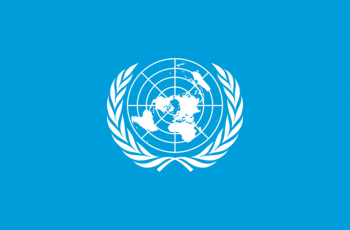
Asia hit hardest by climate and weather disasters last year, says UN
2024-04-23 -
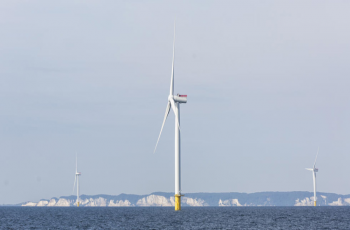
Denmark launches its biggest offshore wind farm tender
2024-04-22 -

Nobel laureate urges Iranians to protest 'war against women'
2024-04-22 -
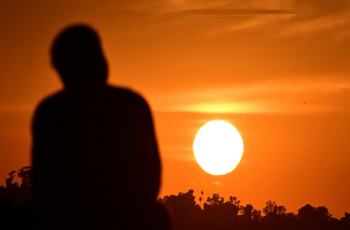
'Human-induced' climate change behind deadly Sahel heatwave: study
2024-04-21 -

Moldovan youth is more than ready to join the EU
2024-04-18 -

UN says solutions exist to rapidly ease debt burden of poor nations
2024-04-18 -
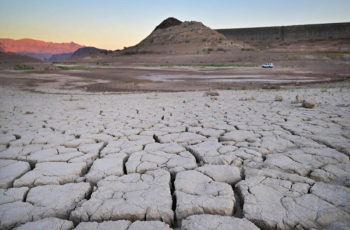
Climate impacts set to cut 2050 global GDP by nearly a fifth
2024-04-18 -
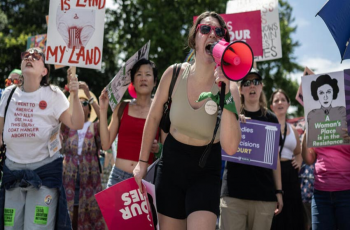
US sterilizations spiked after national right to abortion overturned: study
2024-04-13 -
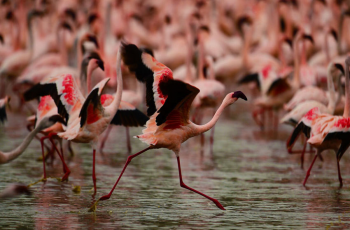
Future of Africa's flamingos threatened by rising lakes: study
2024-04-13 -
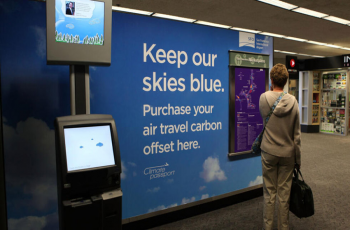
Corporate climate pledge weakened by carbon offsets move
2024-04-11
